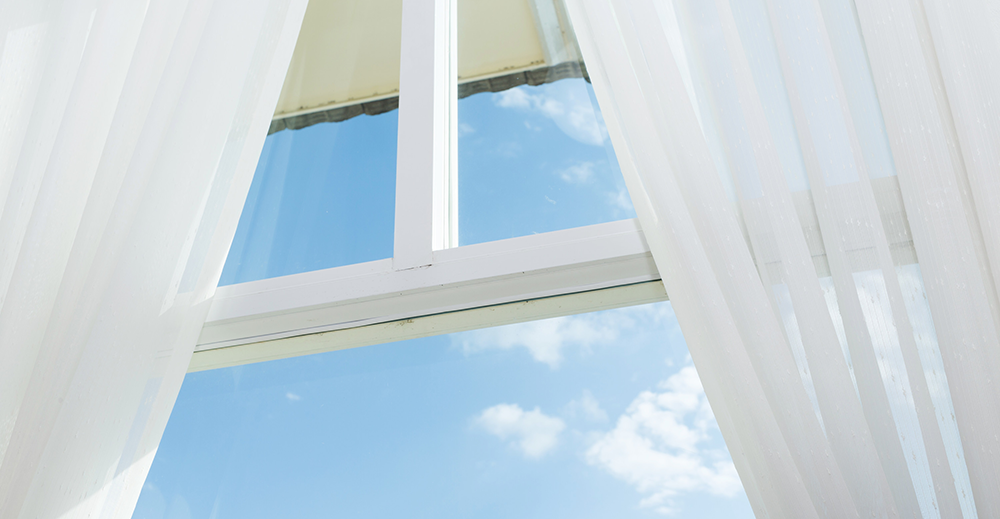These are curtains with extra pulleys to gather the length, but as this can cause problems it's worth looking at these as a separate topic.
This diagram illustrates how the cords, used to draw the bottom of the festoons up, are threaded through a number of hoops (or they may go through any kind of channel that keeps them in line). These go right to the top of the curtain where they all turn towards one edge and are passed through all the remaining top hoops. By pulling each of the cords in turn, when the curtain is in place, you can make sure the gathering is level, or shaped to your taste, and once happy with the length they can be tied off so they don't move. The gathering should be let down for cleaning.
.....so the cords must be undone and the curtain stretched out. However, letting the cords out of the hoops is a mistake and leads to lots of string all in a tangle at the end of the wash. Instead, push one safety pin through each cord and pin it onto the top band just above the top hoop. Take another safety pin and put that through the end of the cord attaching it to another part of the curtain. This ensures that you know where the end of each cord is when the wash is finished and you simply have to rethread the top hoops to gather the bottoms again.


